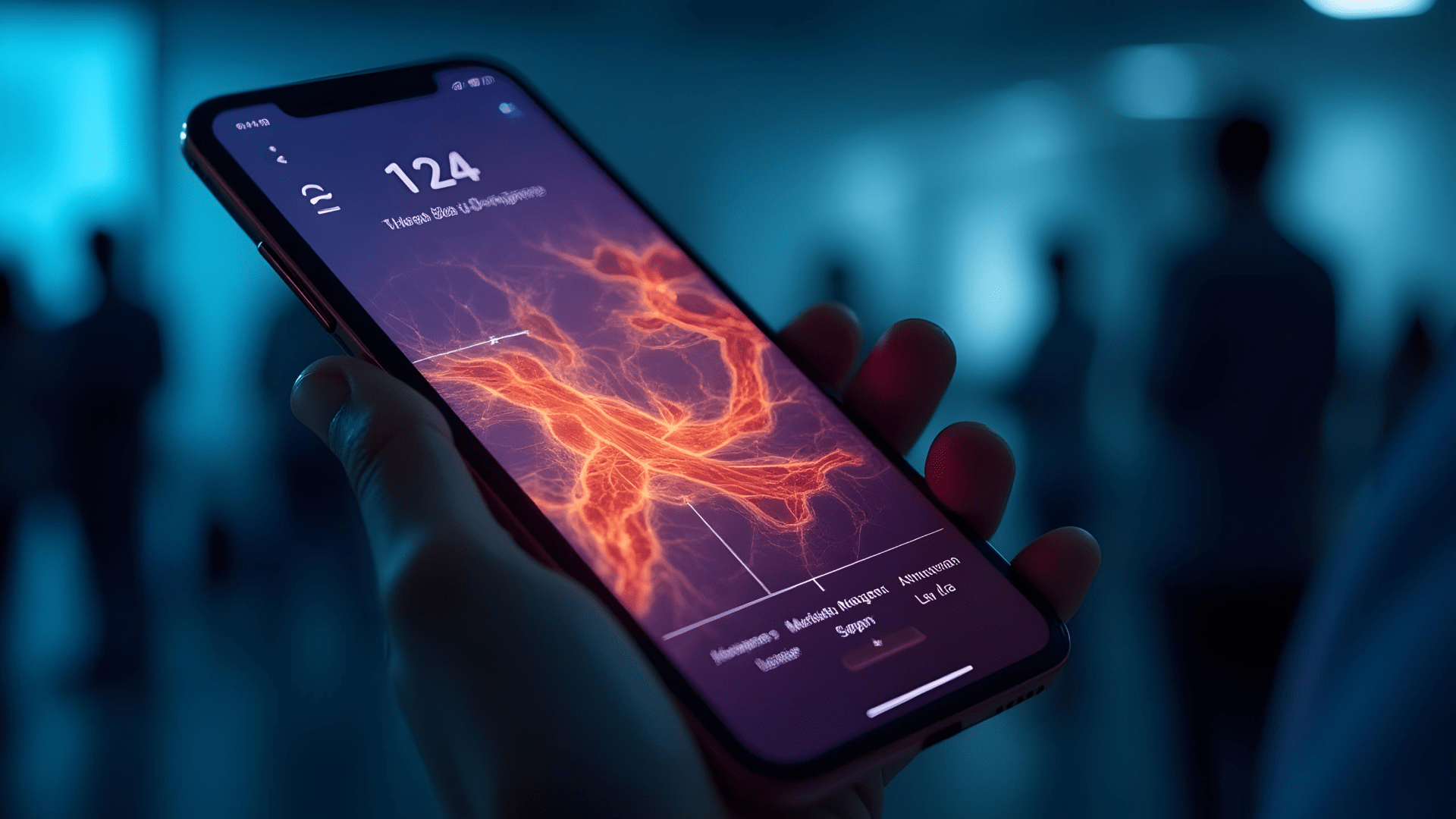A company may boast about superior products and claim that its service is top-tier, but ultimately, the customer has the final say. In other words, a brand’s success is best measured by the strength of its customer experience journey.
The customer experience (CX) encompasses the cognitive, sensory, and behavioral consumer responses across each phase of the shopping process, including pre-purchase, purchase, and post-purchase. The challenge with consumers is they are prone to behaving and responding in an unpredictable manner, which is why CX is among the trickiest things to control, test, optimize, and improve.
We believe that the best approach to increasing customer satisfaction is to find the right strategy for improving each touchpoint in the customer experience journey.
There is, however, some good news and bad news.
The bad news: Getting actionable insights into improving CX is a long and costly process that requires research, deep analysis, and trial-and-error testing.
The good news: AI can help with all of this.
The AI-enhanced customer experience journey
What if shaking a Magic 8-Ball could really tell us what to do and then back it up with data? While AI is definitely not an 8-Ball (yet), it can certainly help organizations decide if making changes to their customer experience journey is a wise decision.
AI-enhanced CX journeys are defining a new era of making informed and data-driven decisions that can help businesses create seamless customer experiences and stay ahead of the curve.
In 2019, 25% of all customer interactions were automated through AI and machine learning. This number is expected to grow to 40% by 2023, since 90% of companies are planning to deploy AI within three years.
CTOs, CEOs, and other executive-level roles report a growing demand for an AI-enhanced CX. According to Gartner’s recent Hype Cycle for Artificial Intelligence 2021 report, AI capabilities are changing fast, pointing out that the above-average number of innovations will reach mainstream adoption in the period of two years.
A new era for AI and customer experience
AI enables new approaches to improving CX design, development, and overall strategies. This is prompting businesses to start adopting AI and ML ecosystems that have the ability to understand unstructured data in a similar way humans do but do it at an enormous scale.
Because AI allows systems to see, hear, and talk, CX teams use these capabilities to create AI-powered customer experiences that feel like organic human engagement.
This change within the digital landscape matches the scale of the change that happened when the Internet completely disrupted the way modern businesses operate; only in this case the timeframe of digital evolution is much shorter.
Using an AI-powered CX to stand out in the market
The modern business landscape is extremely competitive. Direct competitors are fighting for the same consumers, meaning CEOs need to be forward-thinking to stand out in a saturated market.
To do this, they must invest in an AI-powered CX, as the quality of their customer experience journey is often more impactful than the quality of their actual products and services.
If leaders fail to optimize the customer experience journey, they will offer an outmoded business model that will struggle to compete.
AI is capable of dramatically elevating the level of customer experience and customer service, especially via techniques such as:
- Hyper-personalization
- Real-time decision-making and predictive behavior analysis
- Chatbots
- Better understanding of what your customers want
Here’s how AI techniques improve your customer experience journey.
Hyper-personalization drives customer engagement
According to Hubspot, over 90% of customers are more likely to make repeat purchases from brands that offer outstanding customer service.
The modern consumer has increasing expectations from the brand’s customer service. They expect you to treat customers as if they’re the only one by giving them highly personalized support.
These data sets—especially those that AI collects about an individual’s activity and purchasing patterns—enable businesses to learn more quickly about what their customers want in great detail and then offer individual customers exactly that. While segmentation allows businesses to create customer groups, hyper-personalization drills down to the smallest details, allowing companies to target customers at an individual level.
According to a study conducted by the University of Texas, companies feel the urge to personalize the customer experience because it allows customers to have more control. Giving customers information that is tailored to their needs helps them make decisions they feel good about. This builds trust and customer loyalty and increases a brand’s ROI.
Namely, 86% of consumers claim they always think of brands they are loyal to when they need something. According to Gartner, brands risk losing 38% of their customers if their experience is not personalized.
Take Amazon, for example. It uses a recommendation engine algorithm to suggest products based on the gathered data (customer demographics, psychographics, view history and previous purchase) that allows it to create user profiles and send a highly personalized and contextualized email to the shopper.
Netflix is another big player that uses AI to personalize their customer experience. It uses its algorithm to gain insights into what kind of TV and movie content its viewers want to see. It combines predictive learning with behavioral attributes to create a highly personalized homepage for each user.
Another interesting example of how retailers used AI to boost their customer experience journeys is Japanese clothing apparel company, Uniqlo, which built an AI fashion booth that uses neuroscience to measure customers’ reactions to various designs and recommend items that suit the individuals’ preferences.
How does personalization help your customers work smarter?
Companies can offer their customers new ways of consuming content using AI.
HTEC’s experts, who are well-versed in ML and data analytics, joined forces with one of our clients to build advanced analytics and utilized natural language processing (NLP) to transform passive knowledge resources into a personal knowledge assistant that actively delivers personalized content to users based on their ever-evolving interests.
“This kind of system tracks users’ behaviour, identifies and suggests possible new pieces of information that would otherwise be missed or would take a huge amount of time to be manually extracted from the available data. Relevant information about the users’ behavior includes how many times the user looks for something, how much he interacts with the similar content, etc. By combining all pieces of information into a recommendation, we let users receive relevant information without having to manually search for them. This way the system does the “boring” stuff and you, as a user, have more time to focus on extracting the information and combining the results into a new business strategy.”
Ivan Petrovic, Machine Learning Engineer at HTEC
Understanding intent through real-time decisions and predictive behavior analysis
Real-time decisioning is deployed to develop more effective personalization strategies for customers. If you’re using ad blockers, you have probably been in a situation where a website identified you as an ad blocker user and offered alternative UI paths to engage with the brand. Or you may have stumbled upon personalized recommendations that offer you highly relevant content.
These are great examples of how AI and real-time decisioning helps businesses recognize and understand consumer intent.
For instance, Starbucks is installing AI-enabled coffee machines to keep track of what drinks are most popular in different areas, but the company also uses predictive analytics to identify maintenance failures before they happen.
AI-based predictive analytics goes even further than mere historical data as it can deliver layered and actionable insights into how you can change your CX journey to facilitate more engagement and sales (like through spot-on suggestions within the “related products” section, for example).
What does predictive behavior analysis mean to the healthcare industry?
Because health is a very personal matter, hyper-personalization plays a huge role in ensuring each patient is treated with the best care possible. By using individual patient data, as well as diagnoses that were applied to other patients with similar symptoms, healthcare providers can offer personalized treatment. AI can then leverage this data to suggest treatment plans.
In collaboration with leading electrophysiologists and cardiologists, the HTEC engineering team has developed a complete telehealth solution called HUMEDS that enables simple and comfortable ECG recording and analysis, combined with the quick, automatic, and precise diagnosis of cardiac arrhythmias.
Customer experience chatbots, roll out!
A 2020 MIT Technology Review survey of 1,004 business leaders revealed that chatbot-based customer service is the leading application of AI deployed today.
AI-powered chatbots have become a valuable money-saver for businesses as they allow customers to quickly resolve minor issues. Chatbots are best used for invoice management, account management, and order tracking. When used for the right purposes, chatbots can speed up query management processes by two to three times.
They can also help businesses analyze user history, predict what consumers want, and proactively create personalized offers that include rich imagery, links, and product photos.
But is AI and customer experience really that easy?
Businesses may be unaware of all the prerequisites for adopting a robust AI-enhanced CX program, therefore overestimating how ready their business is for this important transition.
A common problem is that organizations do not have the right levels of customer experience governance and they lack access to clean and usable consumer data. These pain points could be detrimental to properly integrating AI and customer experience programs.
And although executives are trying to bridge these gaps by training themselves and their employees to perform these tasks, this approach is typically futile due to budget difficulties, the rising demand for scarce talent, or the too-fast evolution of AI and customer experience technology.
Are you ready to bridge the CX gap?
The biggest challenge with transforming one’s approach to customer experience is applying resource-draining trial-and-error techniques to create a perfect CX journey. When done manually and with legacy tech, this process is extremely time-consuming and often defeats the purpose.
Want to learn more about how HTEC’s technology expertise can transform your business? Explore our Technical Strategy and Retail & Consumer capabilities.





